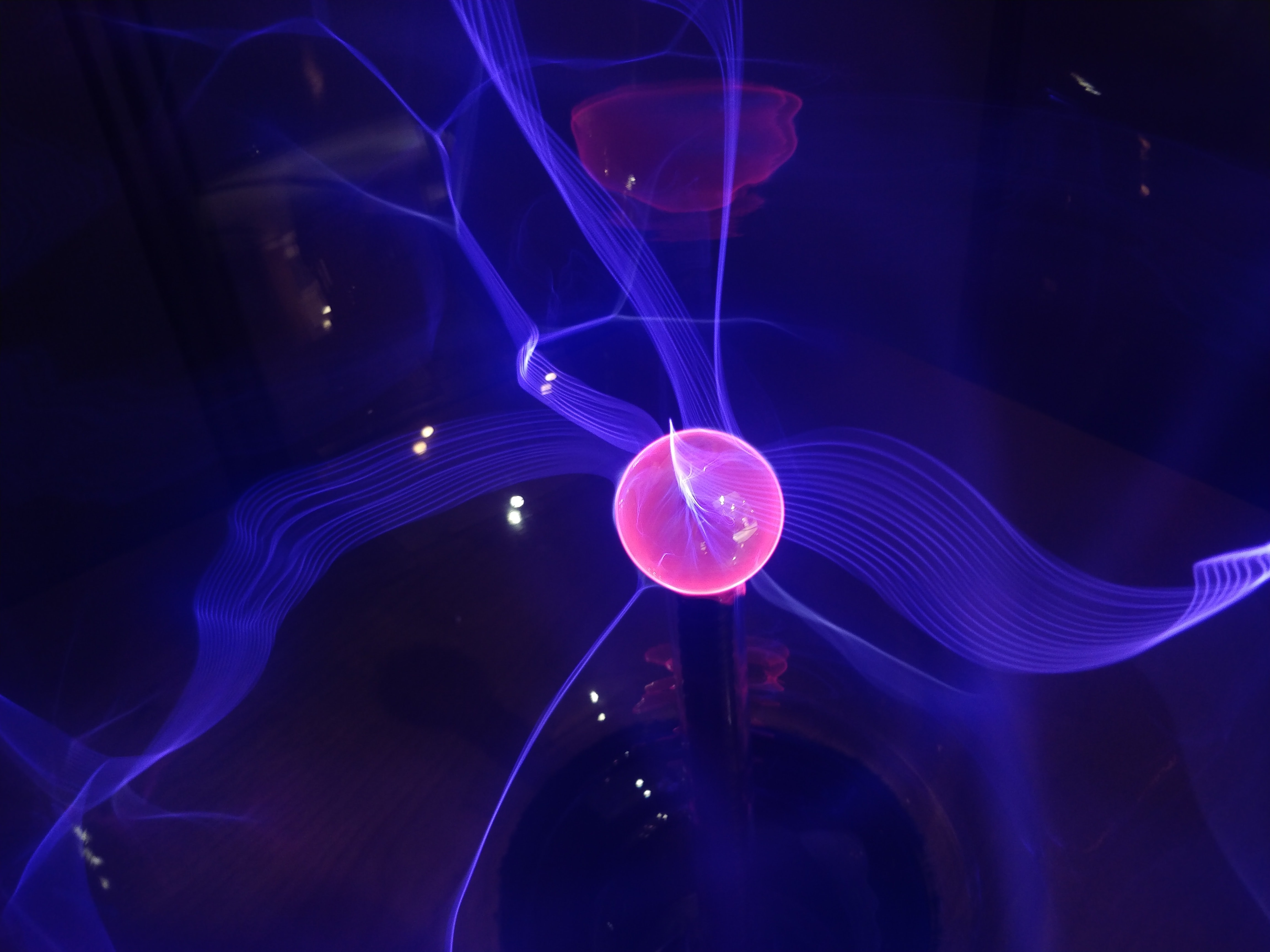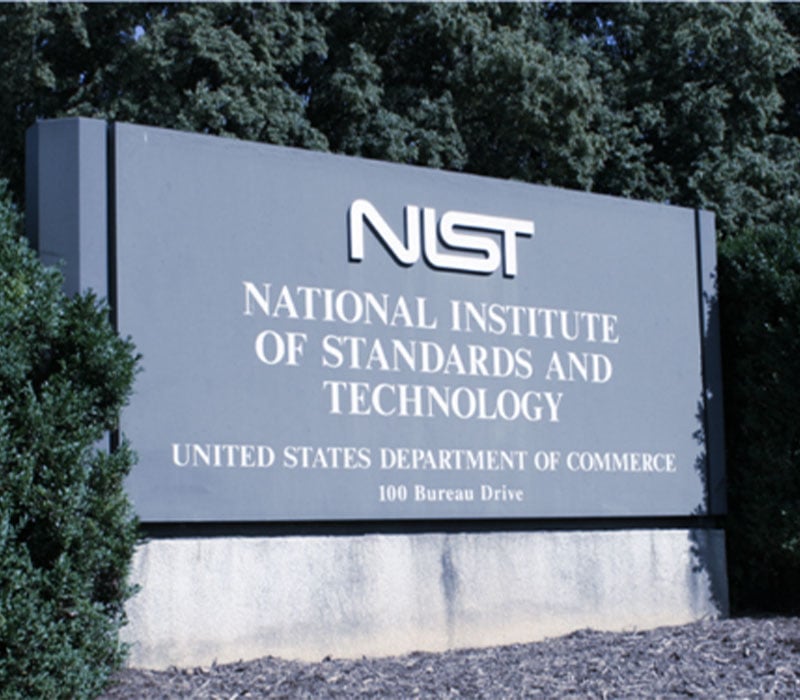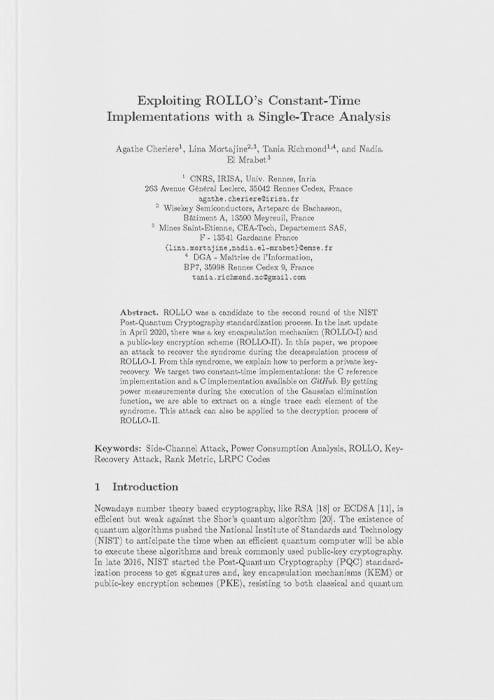- SEAL SQ >
- Research & Innovation >
- Quantum Innovation
Quantum Innovation
SEALSQ is offers cutting-edge secure chips that can withstand attacks based on quantum systems massive computation power.
A new level of cyber-threat
Existing public-key cryptography is based on the difficulty of factoring and calculating elliptic curve discrete logarithms. Quantum systems can develop unbelievable calculation power to decrypt widely used asymmetric security protocols, such as the commonly used RSA or elliptical curve algorithms that protect billions of IoT devices today. It is mandatory to implement post-quantum cryptography before current cryptosystems become obsolete !
Quantum Computers
Quantum computers are machines that use the properties of quantum physics to store data and perform computations. This can be extremely advantageous for certain tasks where they could vastly outperform even our best supercomputers.
Classical computers, which include smartphones and laptops, encode information in binary “bits” that can either be 0s or 1s. In a quantum computer, the basic unit of memory is a quantum bit or qbit.
For instance, eight bits is enough for a classical computer to represent any number between 0 and 255. But eight qubits are enough for a quantum computer to represent every number between 0 and 255 at the same time. A few hundred entangled qubits would be enough to represent more numbers than there are atoms in the universe…


The nature of Quantum Threat
We are entering a new era in which the quantum computer will replace in some cases “classical” computers and will be able to solve, within reasonable time, issues that were known to be unsolvable.
In 1994, Peter Shor published an algorithm able to factorize a big integer into two prime numbers in polynomial time making the assumption of the existence of a quantum computer. This algorithm, not denied until now, is just waiting for the machine able to execute it.
The first error-corrected quantum chips like Google's "Willow" have been announced and the threat level for current protocols is rising. Some widely used asymmetric security protocols are vulnerable to quantum computing: In 2019, researchers published an article in which they explained how a powerful quantum computer could break RSA algorithm in 8 hours.
Collaborating with The National Institute of Standards and Technology

QUASARS Project
Following the NIST’s initiative to select the best Quantum-Resistant Algorithms, SEALSQ has launched The QUASARS project in 2022 which aim was to build a post-quantum Root-of-Trust and Hardware Security Module able to run the new algorithms, and still compliant with all other security requirements from the French ANSSI and Common Criteria EAL5+ label. The outcome of the project is SEALSQ's post quantum chips family: QS7001 and QVault TPM that are undergoing final tests and will be selling in 2025.
Publication
Learn more about our Quantum research

Publication
Exploiting ROLLO’s constant time implementations with a single trace analysis

Publication
Optimized and secure implementation of ROLLO I

Publication
Secretary of Homeland Security, Alejandro Mayorkas, March 31, 2021
“We must prepare for [post-quantum technology] now to protect the confidentiality of data that already exists today and remains sensitive in the future.”


